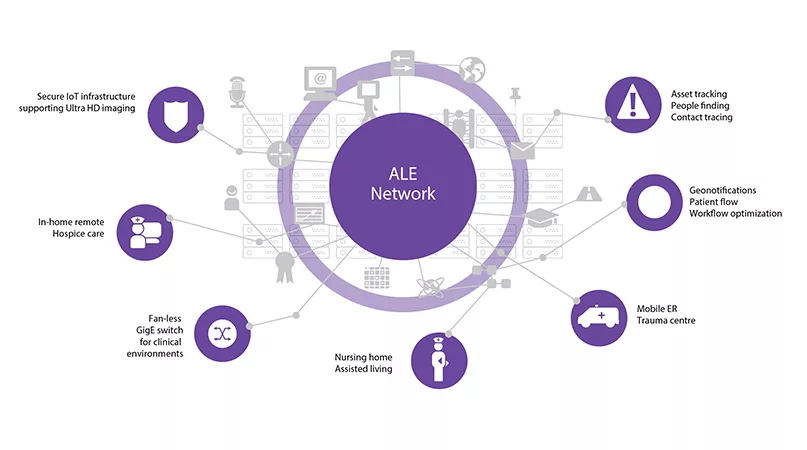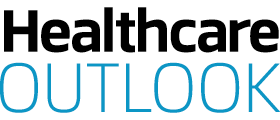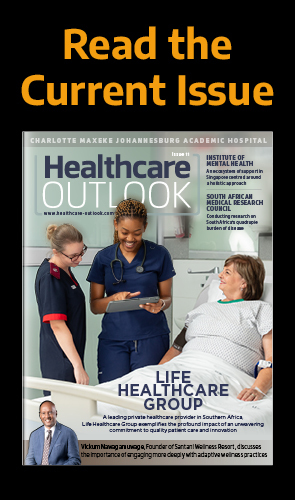
In the face of this practical issue, ACT Health required an open standards solution that could be easily integrated and interconnected across multiple locations within the existing infrastructure. The organisation works with Spectralink smart medical devices, which are medical devices certified and fit within the clinical stack around the delivery of critical alarms. This ALE solution provides messaging and duress alarms as well as location-based services, triggered by the alarm button on the Spectralink device.
Where the traditional pager can distribute the relevant messaging, the technology incorporated by ACT Health at Canberra Hospital allowed the command centre to see when a call has been acknowledged and if personnel were responding. The location-based services implemented have resulted in faster response times, which are crucial in providing patients with the necessary care and ensuring staff safety.
Together with ALE messaging software, mission-critical messages are sent with unique audio and unique tones, so staff are aware of whether it is an alarm code they need to respond to even before they take the device out of their pocket. After a successful proof of concept (POC), the solution was adopted for duress situations at Mental Health Ward 12 at Canberra Hospital. The alarm notifications management service app improved staff safety with duress/lone worker functions, as well as improved paging across the hospital.
Peter O’Halloran, Chief Information Officer at ACT Health, commented: “Since we’ve moved to ALE… we’ve really seen it refine and get much easier, so clinicians now simply have one device to go to that can do everything they need.”
The benefits presented are manifold; the integration between Spectralink smart medical devices (using an alarm button) and Alcatel-Lucent OmniAccess Stellar IoT Bluetooth® Gateways and alarm notifications’ management service is enriched with location information. Consequently, location services led to cost and time savings, that are otherwise spent looking for staff, patients or equipment, with a single smart medical device resulting in reduced personal protective equipment (PPE) and ICT costs and equipment durability, meaning devices were not being replaced if they were accidentally dropped or damaged. Lastly, there were the user experience benefits, such as the tool helping to create a safer and more organised workspace, with the new technologies supporting improved facility and organisational workflows, as well as improved staff support, communication and collaboration, and of course, better patient care.
In the words of Nicole Hill, Global Director of the Healthcare Sector at ALE: “The work we have undertaken with ACT Health underlines just how important it is that hospitals and other clinical settings are able to deploy care quickly and safely when an alarm is raised. The feedback we have had on this project highlighted improved patient outcomes and better organisational workflows, as well as cost benefits due to time saving, and the use of a single smart device. These advances in technology can genuinely assist in providing high-quality care delivery, and we look forward to working with more healthcare providers to implement similar systems.”
























